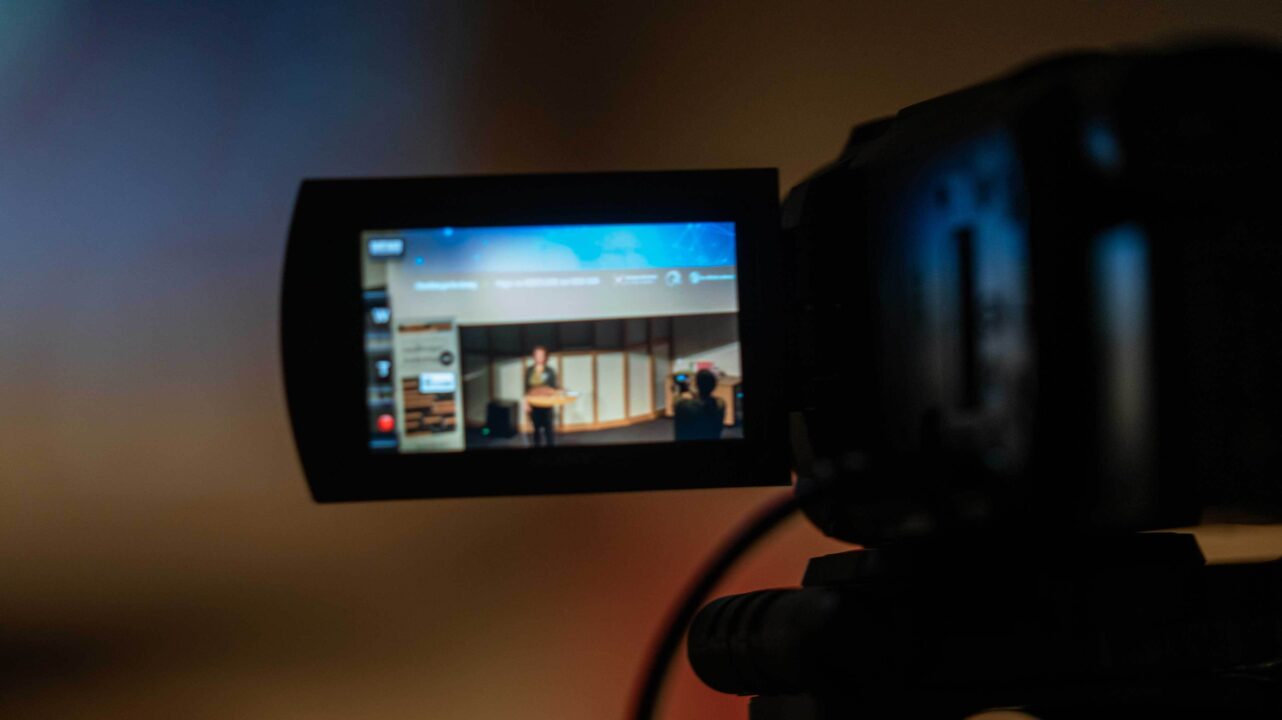How research misconduct is reported is critically dependent on the relationship between science and the media. Does media coverage impact public confidence in research? How does the scientific community deal with research misconduct?
These issues were discussed in a session organised by the Swedish association VA (Public & Science) and Tony Mayer, Nanyang Technical University, Singapore and Treasurer of EuroScience, at the EuroScience Open Forum in Copenhagen, Denmark on 25 June 2014.
According to a new study by VA, there is only a weak correlation between media reports of cases of research misconduct and the impact on public attitudes towards research. Other factors seem to be more decisive in affecting people’s confidence in research.
“Overall media consumption is important. The more news about research the public is exposed to, the more trust they have in research,” said Maria Lindholm, Director of Research at VA, who conducted the study together with the SOM institute at the University of Gothenburg.
Professor Anders Ekbom, Karolinska Institutet, shared experiences from his involvement in various investigations of research misconduct at universities in Sweden and Norway,
“My personal observation is that confessions of scientific misconduct do not happen. And universities never consider misconduct to be an institutional responsibility, but to be a case of a ’bad apple’,” said Anders Ekbom.
According to him universities often try to downplay and hide cases of research misconduct. As there are seldom judicial protocols to follow, the investigative process can get very costly and time-consuming.
“We have to form a national organisation to handle these issues; we cannot rely on the universities,” said Anders Ekbom.
Publish and be damned
“For journalists it is clear: If we have the story, we will write it, but you never know what the consequences will be,” said Christina Berndt, Science Editor at Süddeutsche Zeitung in Germany.
She related a German case where waiting lists for organ transplants had been manipulated. The scandal led to new regulations but also to a decline in organ donations in general, due to a decrease in public trust.
“Trust can be destroyed in minutes. People will keep simple messages in mind – for years!” said Christina Berndt.
According to Maura Hiney, Head of Policy, Evaluation and External Relations at the Health Research Board in Ireland, it is getting harder to maintain the Irish public’s confidence in science. She explained the backdrop to this: From 1999 there has been a substantial increase in government funding of research and development but Irish confidence in public bodies has declined since the recent financial crisis.
“It is vital to maintain public trust. That is why we developed an Irish National Policy on Ensuring Research Integrity, a system for how to handle research misconduct. We have to improve attitudes among individual researchers and create a better system for whistle blowers,” she said.
Lively table discussions
After the presentations, all participants were invited to round table discussions on whether media coverage of research misconduct is accurate and the possible impact of such coverage on public confidence and support for research. The lively discussions were difficult to stop when it was time to share views in plenary.
“Even if the reporting is accurate, there is a lot more to how it is perceived. The media has a great power to create the picture it wants. The good stories need also to be brought out,” said Anne Korn from Alpha Galileo.
The moderators Cissi Askwall, Secretary General of VA and Carl Johan Sundberg, Professor at the Karolinska Institutet, Sweden and one of the founders of ESOF, concluded by thanking the speakers and the audience for their active involvement in the session.
The VA study: Misconduct and confidence
Session slides:
Anders Ekbom
Maura Hiney
Maria Lindholm
Report: Anders Sahlman
Photos: Esben Salling

